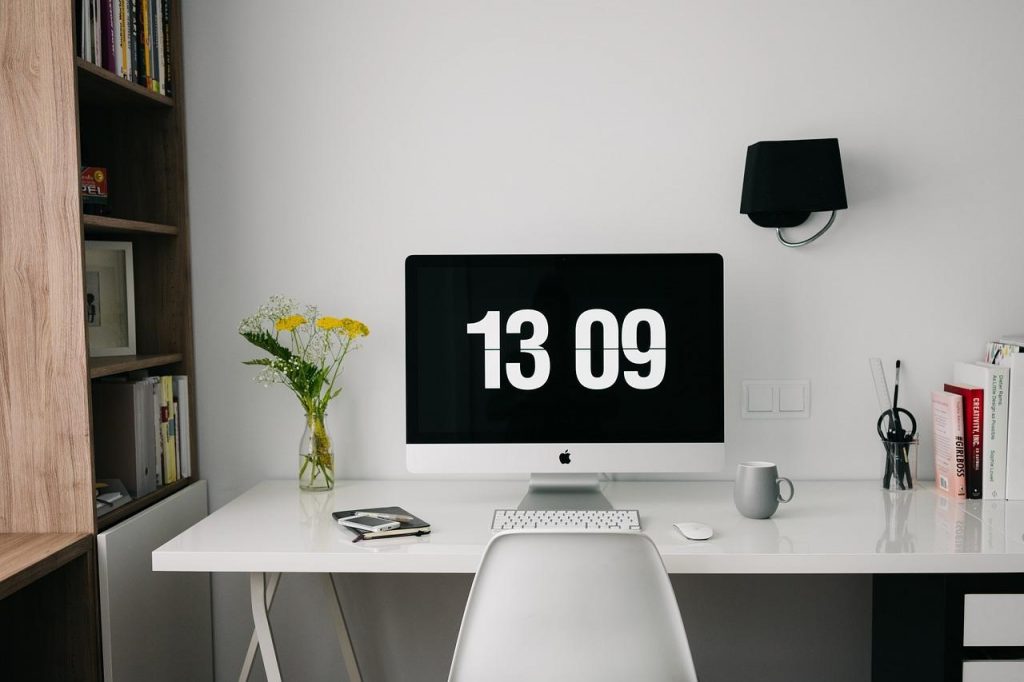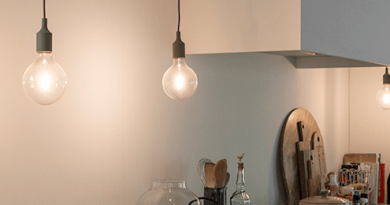4 Ways To Make A Work Space At Home
There’s nothing quite like the comfort of home. Some people love being at home so much that they never want to leave, even to go to work or school. If you’re like most human beings, however, home has the potential to be distracting and work-free environment. That’s why you should create a home work space – particularly if you work from home or if you have your child enrolled in a homeschool. If you don’t want to go to the office or school, bring them to you.
Here are a few ways you can turn an underused area of your house into a productive work space.
- Pick A Comfortable Spot
This may seem like a no-brainer, but it simply means you shouldn’t plop down in your bed, set your laptop on a study board and call that your “home office.” Finding an area of the house to create a workstation that will help you or your child achieve maximum production requires some serious thought.
There are many different factors to consider that will help you choose your spot wisely. Think about how much natural light the area has, whether or not the entrance to the area is obstructed by bulky furniture or lots of doors, or if there’s foot traffic going in and out.
Most importantly, ask yourself if you or your child could spend multiple hours a day in the area. Once you’ve chosen the spot, make it your own. Decorate it, organize it and personalize it. Make it comfortable to you. If it’s a homeschool space for a small child, consider including child sized furniture in the space to make them more comfortable.
- Use Wall Storage
The quickest way to lose space is to pile up papers, books, supplies, file folders and who knows what else on top of a desk. Instead, try installing shelves, baskets, a pegboard or even a bar with hanging buckets behind a desk for efficient storage. You’ll be amazed at how much space it saves.
It’s easy to ignore the fact that there is surface area on your walls. Books will look much better lined up on a shelf than in an incoherent pile next to a keyboard — build up, not out.
- Surround Yourself With The Right Colors
Colors can affect your mood and productivity. Studies show that green and blue improve efficiency and focus. They’re low-wavelength colors that are very calming. Try putting a green cover over your laptop, or paint all of your shelves blue. Seeing the colors as you’re working will help give you a better sense of well-being.
It’s commonly believed that neutral colors should help you keep your concentration, as brighter colors are thought to be distracting. However, bland colors such as black, certain shades of tan, and gray can drain your energy and distract you while you’re working.
You can get away with using white as a sort of backdrop, such as functioning as the main color in picture frames, because it’s a stable neutral color — but don’t overdo it.
Red is an intense and active color. A high-wavelength color, it inspires action, which is why fire trucks and fire hydrants — objects you should be paying attention to — are red. Some studies show that the sight of red will increase your heart rate and blood flow. Try writing important reminders from your to-do list in red ink. Your brain will register that the message is of high importance.
- Have Background Sounds Available
Everyone can agree it’s difficult to be productive when you’re in a bad mood. One of the best ways to put someone back in a good mood is to listen to a favorite song. Contrary to common belief, spending 15 to 30 minutes listening to music helps regain concentration, which in turn boosts productivity.
Obviously, there should be limits to how long music blasts through your headphones. Much like watching videos online, it’s easy to get sucked into handpicking your playlist. Set playlists for yourself or your child before starting work or school to avoid the distraction of scrolling to find the next few songs you want to hear.
You could also try listening to music that doesn’t have words. The melody stimulates your brain, snapping it back into the real world. If music proves to be too distracting to you, try listening to some pure background noise. Sometimes the brain needs to register that activity is happening around it in order to concentrate on its own tasks.
With these techniques in mind, your home workspace is sure to please you, your child, or whoever else has the pleasure of working there!





Pingback: How Fireplaces can be Used to Give a Classy Look to Your Home? - Night Helper